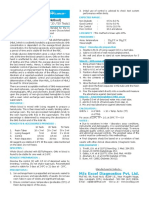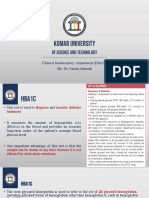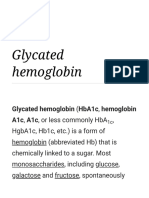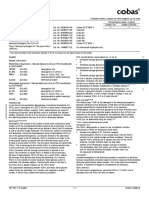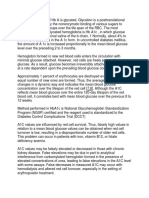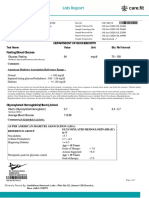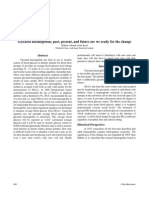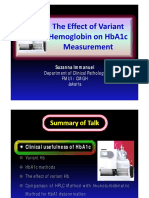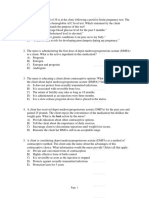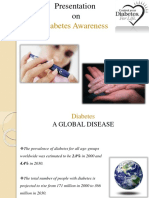0% found this document useful (0 votes)
38 views3 pagesGlycated Haemoglobin
The document discusses measuring total glycated haemoglobin to determine health status such as diabetes. Glycated haemoglobin forms from an irreversible reaction between haemoglobin and glucose over 120 days and its level correlates with average blood glucose. The A1c test measures glycated haemoglobin over the past 3 months and a level above 6.4% indicates diabetes.
Uploaded by
Brittany StapleCopyright
© © All Rights Reserved
We take content rights seriously. If you suspect this is your content, claim it here.
Available Formats
Download as DOCX, PDF, TXT or read online on Scribd
0% found this document useful (0 votes)
38 views3 pagesGlycated Haemoglobin
The document discusses measuring total glycated haemoglobin to determine health status such as diabetes. Glycated haemoglobin forms from an irreversible reaction between haemoglobin and glucose over 120 days and its level correlates with average blood glucose. The A1c test measures glycated haemoglobin over the past 3 months and a level above 6.4% indicates diabetes.
Uploaded by
Brittany StapleCopyright
© © All Rights Reserved
We take content rights seriously. If you suspect this is your content, claim it here.
Available Formats
Download as DOCX, PDF, TXT or read online on Scribd
/ 3

